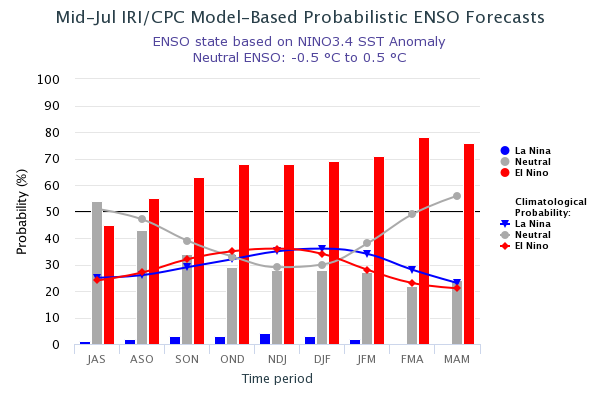By the summer of 1830, Victor Hugo was facing an impossible deadline. Twelve months earlier, the famous French author had made an agreement with his publisher that he would write a new book titled, The Hunchback of Notre Dame.
Instead of writing the book, Hugo spent the next year pursuing other projects, entertaining guests, and delaying his work on the text. Hugo's publisher had become frustrated by his repeated procrastination and responded by setting a formidable deadline. The publisher demanded that Hugo finish the book by February of 1831—less than 6 months away.
Hugo developed a plan to beat his procrastination. He collected all of his clothes, removed them from his chambers, and locked them away. He was left with nothing to wear except a large shawl. Lacking any suitable clothing to go outdoors, Hugo was no longer tempted to leave the house and get distracted. Staying inside and writing was his only option.
The strategy worked. Hugo remained in his study each day and wrote furiously during the fall and winter of 1830. The Hunchback of Notre Dame was published two weeks early on January 14, 1831.
The Ancient Problem of Akrasia
Human beings have been procrastinating for centuries. Even prolific artists like Victor Hugo are not immune to the distractions of daily life. The problem is so timeless, in fact, that ancient Greek philosophers like Socrates and Aristotle developed a word to describe this type of behavior: Akrasia.
Akrasia is the state of acting against your better judgment. It is when you do one thing even though you know you should do something else. Loosely translated, you could say that akrasia is procrastination or a lack of self-control. Akrasia is what prevents you from following through on what you set out to do....MORE
Why would Victor Hugo commit to writing a book and then put it off for over a year? Why do we make plans, set deadlines, and commit to goals, but then fail to follow through on them?...
Sometimes the answer is something more mundane.
Let's say it's Tuesday and you hit 'Publish' on a post titled, let's say, "Insurance: "NOAA lowers 2018 Atlantic hurricane forecast, as El Nino chances rise" and which you end with "We'll be back with the IRI ENSO 'Quick Look' later today." and which commitment you promptly forget.
Here's Columbia University/IRI's:
IRI ENSO Forecast
2018 August Quick Look
Published: August 9, 2018
A monthly summary of the status of El Niño, La Niña, and the Southern Oscillation, or ENSO, based on the NINO3.4 index (120-170W, 5S-5N)
Use the navigation menu on the right to navigate to the different forecast sections
In early August 2018, the east-central tropical Pacific waters reflected ENSO-neutral conditions, with near-average SST, slightly lower than a month ago. The key atmospheric variables also suggested neutral conditions. However, the subsurface water temperature continued to be above-average. The official CPC/IRI outlook calls for neutral conditions through the rest of northern summer season, with a 60% chance of El Niño development during fall, rising to 70% for winter 2018-19. An El Niño watch is in effect. The latest forecasts of statistical and dynamical models collectively favor weak El Niño development by early fall, growing to weak or moderate strength during late fall and winter; forecasters are buying into this scenario now that the spring barrier is passed.
Figures 1 and 3 (the official ENSO probability forecast and the objective model-based ENSO probability forecast, respectively) are often quite similar. However, occasionally they may differ noticeably. There can be several reasons for differences. One possible reason is that the human forecasters, using their experience and judgment, may disagree to some degree with the models, which may have known biases. Another reason is related to the fact that the models are not run at the same time that the forecasters make their assessment, so that the starting ENSO conditions may be slightly different between the two times. The charts on this Quick Look page are updated at two different times of the month, so that between the second and the third Thursday of the month, the official forecast (Fig. 1) has just been updated, while the model-based forecasts (Figs. 3 and 4) are still from the third Thursday of the previous month. On the other hand, from the third Thursday of the month until the second Thursday of the next month, the model-based forecasts are more recently updated, while the official forecasts remain from the second Thursday of the current month.
Click on the for more information on each figure.
Sorry.

